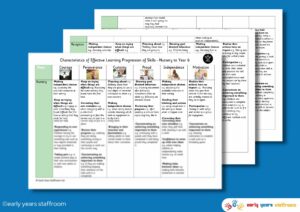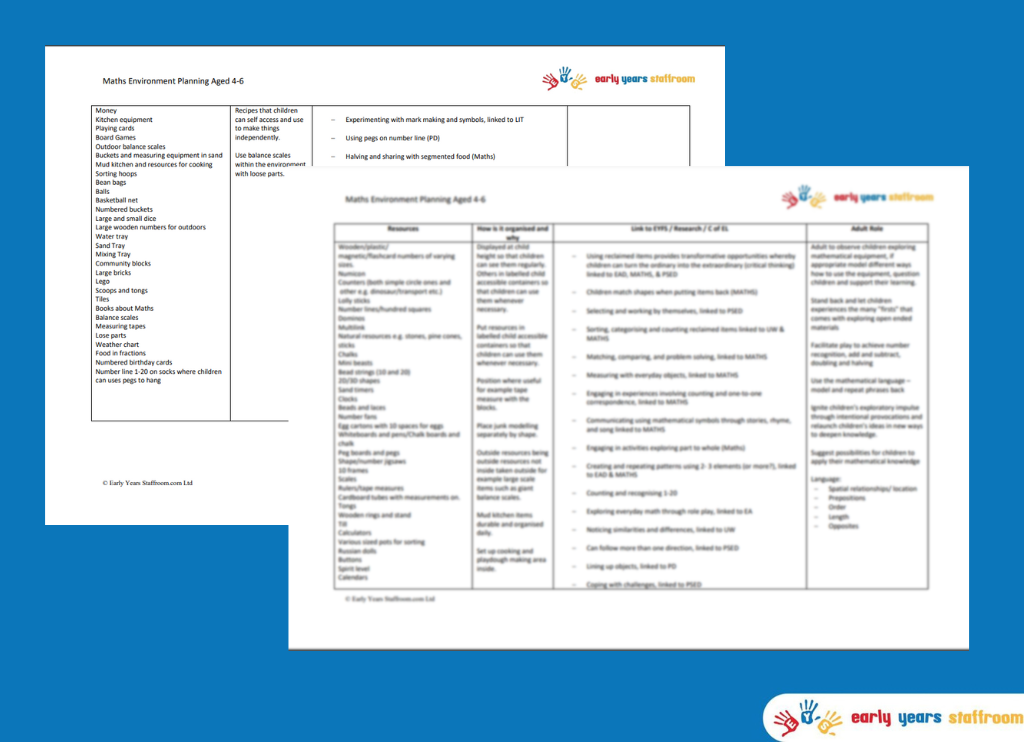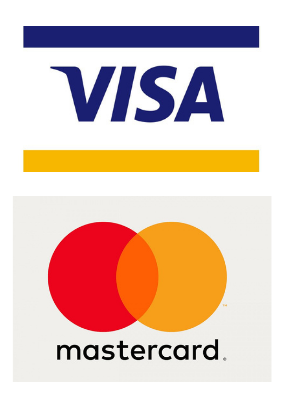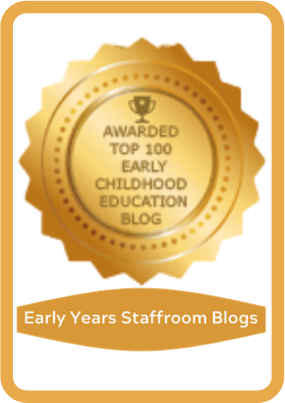Crib Sheet for TAs and Early Years Practitioners in the EYFS
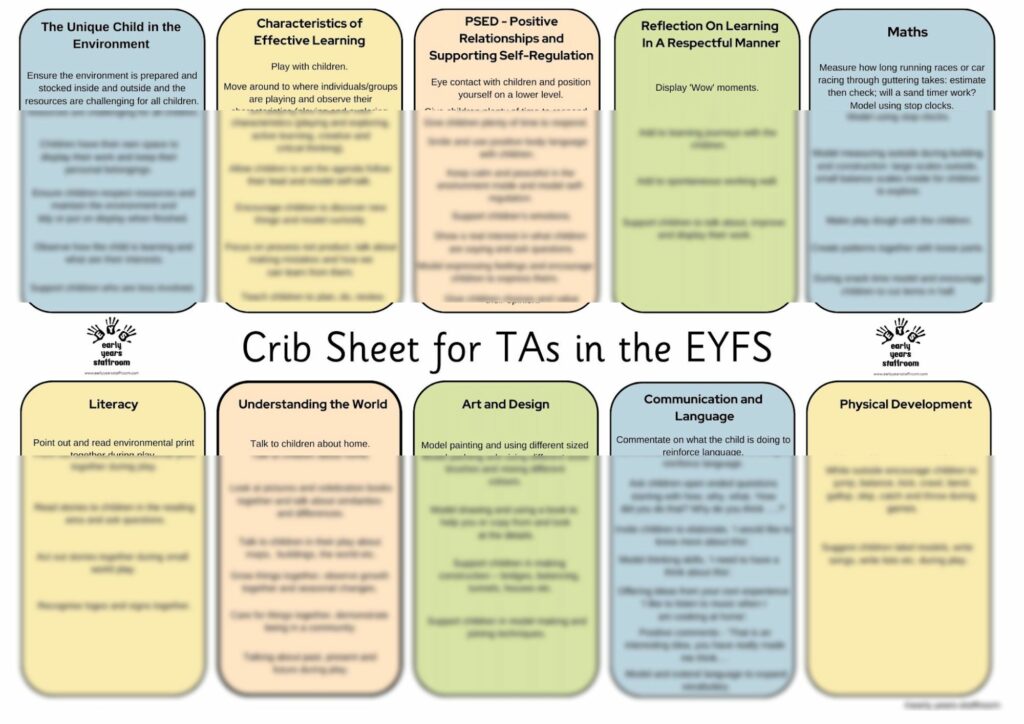
Crib Sheet for TAs and Practitioners in the EYFS
This is a useful crib sheet for TAs and early years practitioners to use during the time when children access continuous provision. This is to help TAs and early years practitioners easily see at a glance what they can do to enhance learning in all areas and beyond.
Reviews
- Reviews
- Questions
Thank you for submitting a review!
Your input is very much appreciated. Share it with your friends so they can enjoy it too!
Beautiful
These are beautifully made and really useful for extending my more able.
Amazing
This training was fantastic. Really made me think and reflect on ways to improve. Just brilliantly honest and straight to the point.
Phonics Phase 1 planning
This is great we have printed it out and we use daily for the Nursery children for a short Phonics activity. It has saved me loads of time and is really well thought out and each activity is clearly explained so the staff know what to do. Each time they teach Phonics they are becoming more confident with presenting.
Great Help
This is so helpful to give to parents. A great help. Thanks
Wow wow wow
This is so amazing thank you so much for making plans appropriate for Early Years!
Great understanding of phonics
Very please with my purchase, brilliant phonics activities.
Sample
Hi I am interested in purchasing just this resource, however, I cannot read the sample page very well. Is it possible to see a clearer picture of the sample page to help me determine whether I want to purchase a membership?
A Great Help - Thanks.
Really helpful planning - good ideas.
Helpful Phonics
Great Book, really helpful phonics planning. Would definitely recommend when teaching phonics to children.
Phonics 1 book
Highly recommend this informative phonics book. Everything you need to know about phase 1 and explained in good detail.
Share
Not quite what you were looking for? Search by keyword to find the right resource, or request a resource to be created by experts.
Related Resources
What do I get for my membership?
Features
- Over 1600 (and increasing) high quality Early Years resources, planning schemes and brainstorm ideas for enhanced planning created by Early Years Experts. Covers all areas of learning in the new EYFS
- Planning and resources made to request
- Long, Medium and Daily Plans
- Audits in line with the latest government requirements. Policies and risk assessments
- High quality Phonics Program (Phase 1-6) created by a Specialist Leader in Education for Early Years and Phonics
- A fun outdoor and practical Maths program from aged 22 months to the end of Year 1 supporting White Rose Maths
- Training videos to view at your convenience by amazing Early Years Leaders in the field
- A supportive community of likeminded Early Years Practitioners with free access to an exclusive vetted group with anonymous posting
- Progression and skills documents and Training PowerPoints
Benefits
- Save 7-8 hours of your time on planning and resource preparation time per week, safe in the knowledge the planning you have is high quality and used by experts. Save money on other subscriptions or one-off resources. Stress relief and increased well-being. Spend more time with your family
- Someone to turn to if you need something bespoke
- Ensure you are always prepared for Ofsted
- The ability to lead fun and practical phonics sessions sometimes outdoors that target all types of learners in phonics
- You can track and reflect on your practise, ideal for interviews and appraisals
- Use a tool the enables you to track and reflect on your practise, ideal for interviews and appraisals
- Training as and when you want it. Learn new skills, improve your practise and keep current in the world of Early Years
- Feel completely supported with our team always available to help and guide you with any issues you may have
Choose from the following membership plans
EYS School/Nursery Plan
EYS Individual Plan.
£58.00 now for one licence which gives you membership for 1 year. Your subscription for the second and subsequent years will be £4.80 per month. Join now before the price increases along with our new benefits.
EYS Large School/Nursery plan
£384 for 12 months membership for up to 5 users, your subscription will auto-renew at £384 per year until cancelled.
EYS Small School/Nursery plan
£160 for 12 months membership for up to 2 users, your subscription will auto-renew at £160 per year until cancelled.
EYS Individual Plan
£118.80 for 12 months membership for one user. Your subscription will auto-renew in the second year on a monthly rate of £9.60 until it is cancelled.
EYS Individual Monthly Plan
£15.56 per month for 12 months for one user. Your subscription is for a minimum of 12 months and after this period it can be cancelled at any time.
Every plan gives access to everything on the website. The price will never increase as long as you have a continuous subscription. If you don’t find what you are looking for our experts will create it for you. If you would like to get a quote for more than 5 users or pay by invoice (Schools or Nurseries only) please email us at [email protected]
